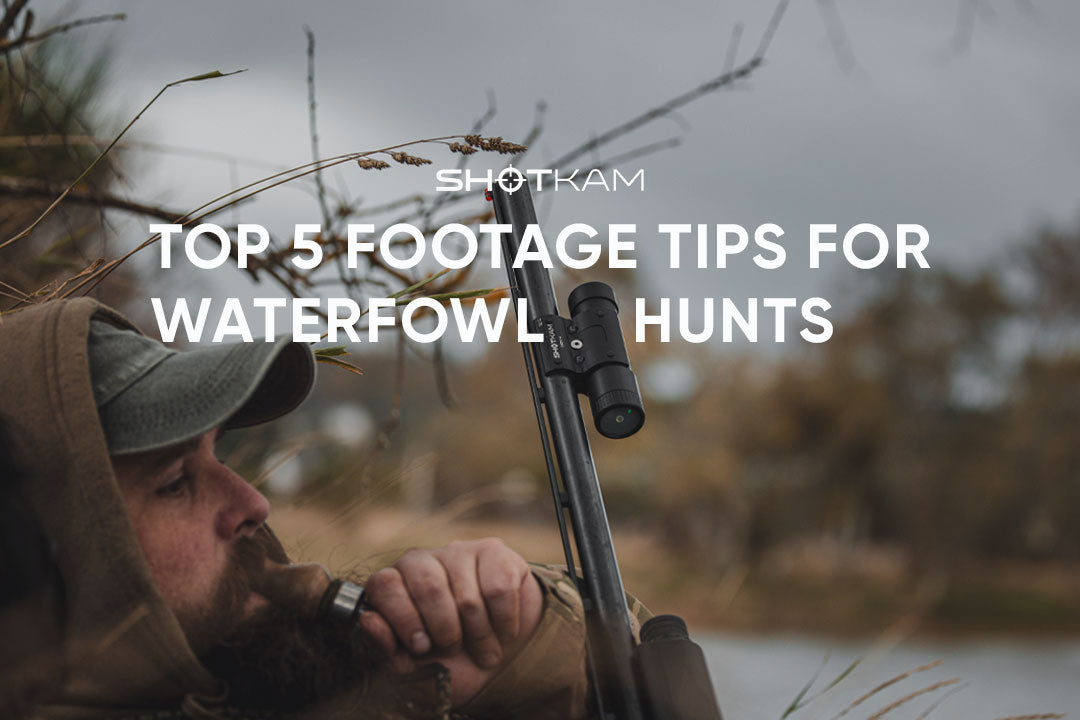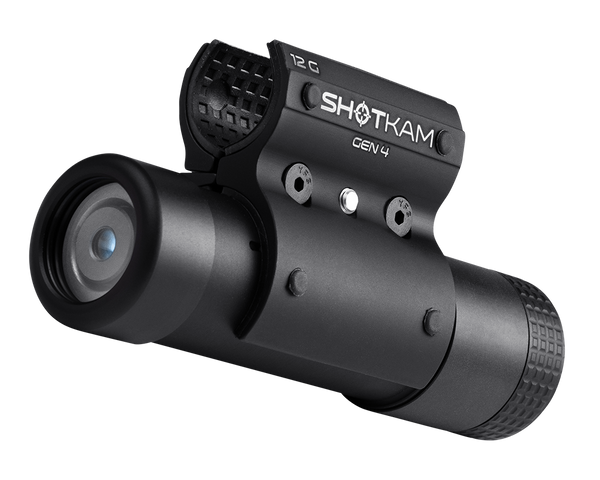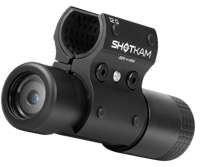Master Sporting Clays: Eksperttips til drevne mål i Europa
Drevne mål, en klassiker på britiske sportingbaner, udgør en unik udfordring for skytter. Disse mål simulerer fugle, der flyver direkte mod skytten, hvilket kræver præcision, balance og timing. Selvom de er almindelige i Storbritannien, ses de sjældnere i andre lande, hvilket gør dem til en færdighed, der er værd at mestre for dem, der ønsker at udvide deres skydeevner. I vores nyeste episode af Master Sporting Clays samarbejder Jonny Carter fra TGS Outdoors med træner og FITASC-mester Josh Brown for at afdække hemmelighederne bag drevne mål. Se Episode 2 nedenfor og klik på 'CC'-knappen på YouTube-videoen for undertekster på flere sprog.
Forståelse af drevne mål
Jonny og Josh forklarer, at konceptet med drevet skydning stammer fra traditionel jagt i Storbritannien, hvor fugle som fasaner og agerhøns drives mod skytten. Målet er, at fuglen flyver direkte over eller imod dig, hvilket giver en tydelig skudlinje. Selvom opsætningen lyder enkel, kan den ofte forvirre skytter – især dem, der ikke er vant til denne skydestil.
Tilgangen: Blød montering og tracking
Når man nærmer sig drevne mål, er det afgørende at bruge en blød monteringsteknik. I stedet for at montere geværet fast i skulderen giver en blød montering større fleksibilitet og en glattere overgang, når du tracker målet. Denne metode gør det muligt for dine øjne at opfange fuglen tidligere og forbedre din evne til at time skuddet. Josh understreger, at det er vigtigt at holde øjnene væk fra løbet for at bevare et klart syn.
Pro Tip: Fokuser på at indsætte geværet bag fuglen, matche dens hastighed og følge efter skuddet. Denne jævne, kontrollerede bevægelse øger præcisionen og reducerer tendensen til at skynde sig.
Hvorfor skytter har svært ved drevne mål
Drevne mål kan skabe panik, hvilket får skytter til at tage akavede positioner eller dreje for skarpt for at følge fuglen. En almindelig fejl er at stå for firkantet, hvilket begrænser mobiliteten og gør det let at miste fuglens linje. Korrekt balance er nøglen – hold dit forreste ben let bøjet (men ikke stift), så din bevægelse forbliver glidende.
Brug af ShotKam til realtidsfeedback
En af udfordringerne ved drevne fugle er at forstå, hvorfor et skud blev misset. Uden klare visuelle referencepunkter kan det være svært at vurdere afstanden mellem fuglen og løbet. Jonny og Josh forklarer, hvordan ShotKam giver et detaljeret overblik over hvert skud og præcist viser, hvor sigtet var afvigende. Denne realtidsfeedback er afgørende for skytter, der ønsker at forbedre deres præcision og konsistens.
Konklusion: Øvelse og præcision
Drevne mål tester en skytte på balance, timing og præcision. Med teknikker som blød montering, korrekt fodarbejde og den rigtige kropsholdning – som Jonny Carter og Josh Brown deler – kan du sikkert håndtere drevne lerduer eller fugle. ShotKam forbedrer denne læringsoplevelse ved at give realtidsindsigt, så du kan justere og forfine dine færdigheder med hvert skud.
Uanset om du foretrækker et over-og-under-gevær eller et side-by-side, forbliver de grundlæggende principper de samme. Øv disse teknikker, og du vil snart være i stand til at håndtere selv de mest udfordrende drevne mål med lethed.
Du læser:











